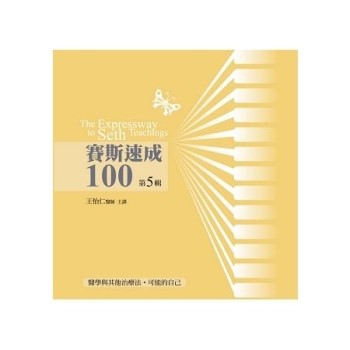Fair and equitable benefit-sharing is a diffuse legal phenomenon in international law. The continued proliferation of benefit-sharing clauses can be explained by their appeal as an optimistic frame in addressing sustainability and equity concerns related to bio-based innovation, the use of natural resources, environmental protection, and knowledge creation. In principle, fair and equitable benefit-sharing serves to recognize, encourage, and incentivise sustainable human relationships with the environment by focusing on equity issues arising from the most intractable challenges of our time, such as loss of biodiversity, climate change, poverty, and global epidemics. Empirical evidence, however, indicates that, in practice, benefit-sharing rarely achieves its fairness and equity objectives, and ends up entrenching or worsening inequitable relationships with little to no benefit for the environment.
Instead of focusing on fair and equitable benefit-sharing in sub-specialist areas of international law in isolation, Elisa Morgera assesses the phenomenon from a general international law perspective and through comparison-across international environmental law, international human rights law, international health law, and the law of the sea. Strengthened by insights from local-level case studies in different regions and sectors, this book looks toward overcoming the limitations inherent in individual international regimes and addressing the shortcomings in benefit-sharing implementation. Morgera’s topical and comprehensive analysis reveals opportunities to advance fairness and equity in benefit-sharing through a mutually supportive interpretation of international biodiversity law and international human rights law, as well as opportunities to contribute to future research in areas such as international health law, international law on outer space, and international economic law. This is an open access title. It is made available under a Creative Commons Attribution-Non Commercial-No Derivatives 4.0 International licence. It is available to read and download as a PDF version on the Oxford Academic platform.| FindBook |
有 1 項符合
Fair and Equitable Benefit-Sharing in International Law的圖書 |
 |
Fair and Equitable Benefit-Sharing in International Law 作者:Morgera 出版社:Oxford University Press, USA 出版日期:2024-09-24 語言:英文 規格:精裝 / 328頁 / 普通級/ 初版 |
| 圖書館借閱 |
| 國家圖書館 | 全國圖書書目資訊網 | 國立公共資訊圖書館 | 電子書服務平台 | MetaCat 跨館整合查詢 |
| 臺北市立圖書館 | 新北市立圖書館 | 基隆市公共圖書館 | 桃園市立圖書館 | 新竹縣公共圖書館 |
| 苗栗縣立圖書館 | 臺中市立圖書館 | 彰化縣公共圖書館 | 南投縣文化局 | 雲林縣公共圖書館 |
| 嘉義縣圖書館 | 臺南市立圖書館 | 高雄市立圖書館 | 屏東縣公共圖書館 | 宜蘭縣公共圖書館 |
| 花蓮縣文化局 | 臺東縣文化處 |
|
|
圖書介紹 - 資料來源:博客來 評分:
圖書名稱:Fair and Equitable Benefit-Sharing in International Law
內容簡介
作者簡介
Elisa Morgera, Professor of Global Environmental Law, University of Strathclyde Law School, Glasgow
Elisa Morgera is Professor of Global Environmental Law at the University of Strathclyde Law School, Glasgow. She is also the Director of the UKRI GCRF One Ocean Hub, which is an international interdisciplinary research collaboration that has partnered with various UN agencies in pioneering research on human rights and the marine environment. She specializes in international biodiversity law and international human rights law, with a focus on the human right to a healthy environment, the human right to science, the human rights of Indigenous peoples and small-scale fishing communities, and business responsibility to respect human rights. Her study of fair and equitable benefit-sharing spans more than twenty years and includes contributions to the Convention on Biological Diversity, the World Health Organization, and the UN Special Rapporteur on Human Rights and the Environment.
|










